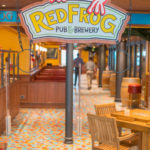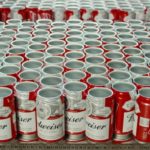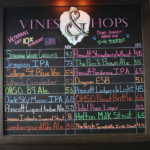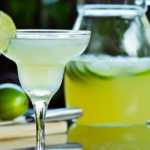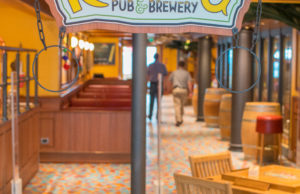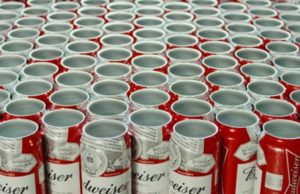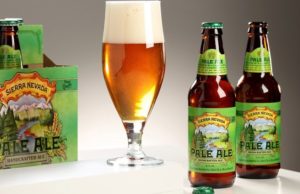Summer’s Favorite Beverage
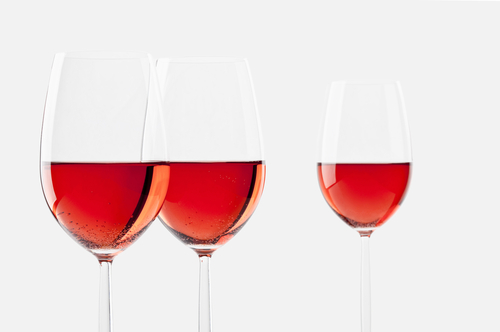
Over the years, rosé wine has received a bad rap and has long been associated with sweet, pink wines. Times have changed and today’s rosé is making a comeback as wineries make rosé with a modern twist.
With its light, refreshing taste, rosé is a favorite summer wine. Rosé has even inspired a social media hashtag called #summerwater. However, drinking rosé isn’t just limited to the lazy days of summer. Wine drinkers in the U.S. sip rosé year-round. In terms of global consumption, the U.S. is second after France (where rosé outsells white wine), and the U.S. handles 13 percent of all rosé wine consumed worldwide.
Croteaux Vineyards, located in Southold, New York (the North Fork of Long Island), specializes in small batch “boutique Provence-style Rosé wines.” Winemaker Michael Croteaux points out that rosé is a very “drinkable” wine and is made to drink immediately.
Croteaux explained that since rosé wine is not being aged, the sulfites are greatly reduced. They are fruitier than whites but not as heavy as reds. Most vineyards make rosé wines as a “saignée” of the red wine making process. However, Croteaux grows the grapes and harvests specifically for rosé – as opposed to the juice coming as a by-product of the red wine making process.
“The color of rosé wine is important and indicative of the flavors. Lighter usually means a lighter, crisp, and bright wine with less fruit. Darker colored means more full bodied and fruitier,” shared Croteaux. “Since rosé is almost always in a clear (flint) bottle, it is a unique presentation both in the bottle and in the glass.”
Croteaux also pointed out that it’s difficult to make good rosé. The wines are not manipulated, and the wine making process is very short. The winemaker does not have many options to fix mistakes, and the end product must be clean, clear and bright. Any flaws in the fruit from the vineyard or the winemaking process will show up in the wine.
According to Croteaux, he said that rosé is catching on with wine drinkers because they are being discovered in America for the first time.
“They are gaining in popularity because more Europeans are in our area, and they are bringing their love of rosé here. People are traveling more and discovering wines in the south of France and realize there are good rosé wines also being made in the United States.”
Because his winery is close to New York City and is located in a summer vacation region, Croteaux’s wines are popular and sell out between August and September each year.
“We make the largest volume of Merlot Rosé since it is the grape that ripens earliest in our region, allowing us to get higher yields and larger production volumes. We have seen a trend toward higher priced sparkling rosé being consumed in the summer months. Our sales start briskly in March and reach their height in July and August. People know we sell out, so they start stocking up before September.”
On the west coast, California winemaker Michael Duarte of Popie Wines also has a knack for making award-winning wines, including rosé. The Sierra Foothills appellation is known for its warm Mediterranean-type climate that makes it the perfect region for growing and producing rosé.
Popie also sees a trend towards wine drinkers who enjoy a tasty, dry rosé, which is reflected in how Duarte makes his wines. Popie’s Bianca di Barbera is a very dry French-style rosé. Duarte explained that it is light in color (salmon to peach color) because it is “whole cluster pressed” – the grapes aren’t crushed nor destemmed and have no skin contact. Duarte recently released his newest rosé, Barbera Rosato, in May.
“I crushed and destemmed these grapes, and let the skins soak with the juice for six hours which gives it a light red color – a slightly darker color than most,” said Duarte. “The result is a rosé that’s off-dry, but not sweet, and full of strawberry flavors.”
Whether you prefer drinking rosé during the warm summer months or throughout the year, rosé wines are here to stay. According to Revue Vinicole Internationale (International Wine Review), wine industry experts predict that dry rosé will represent 15 percent of the U.S. market in 2015.

